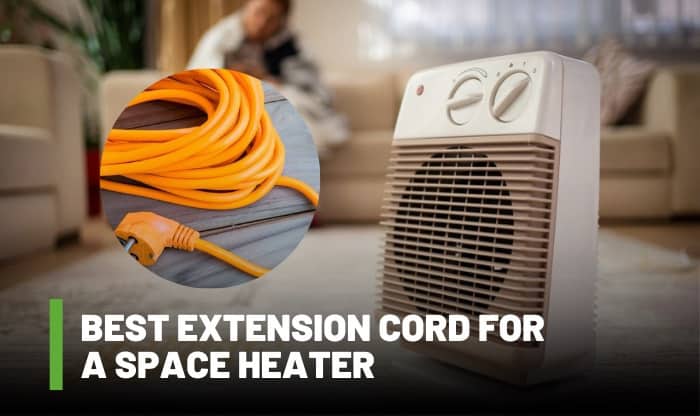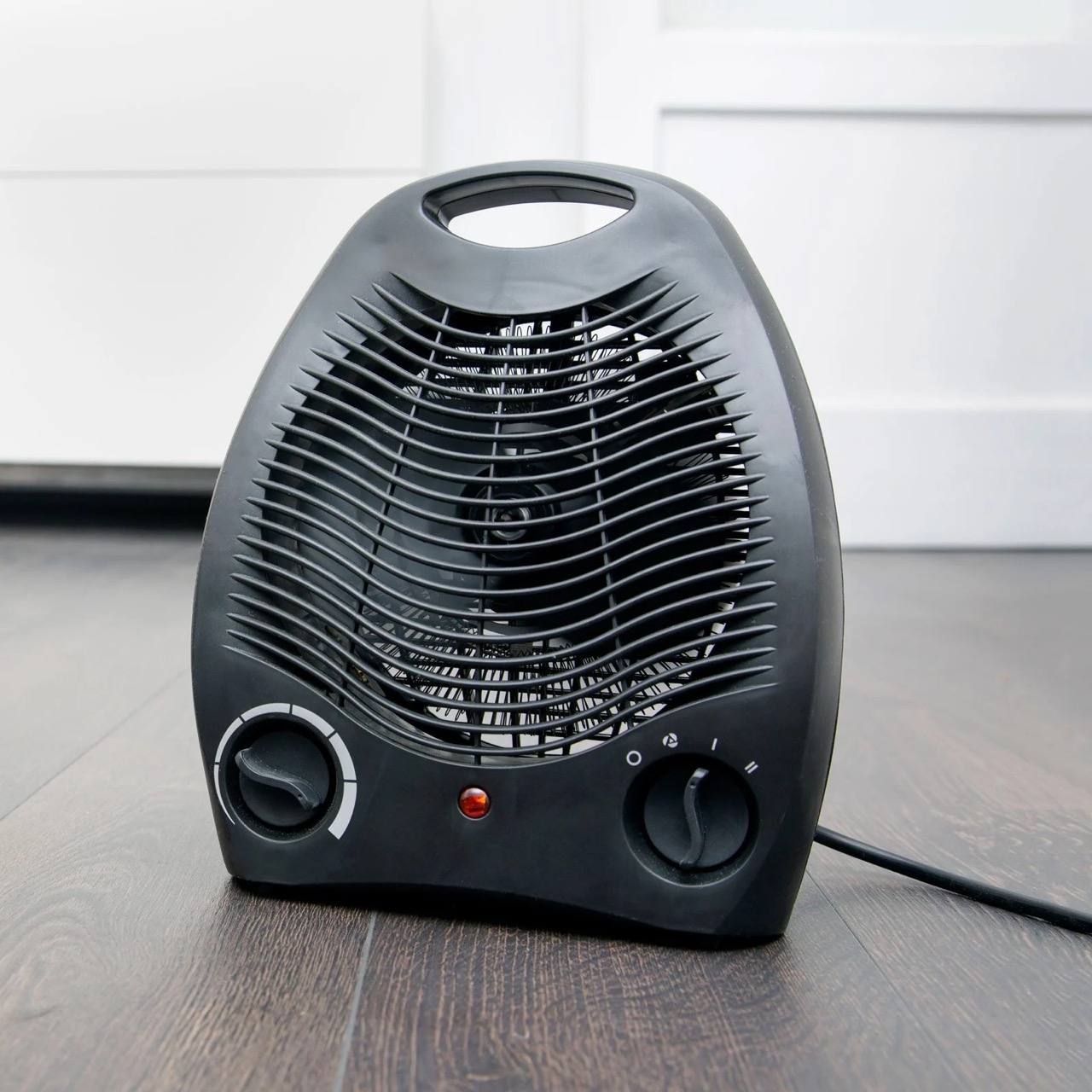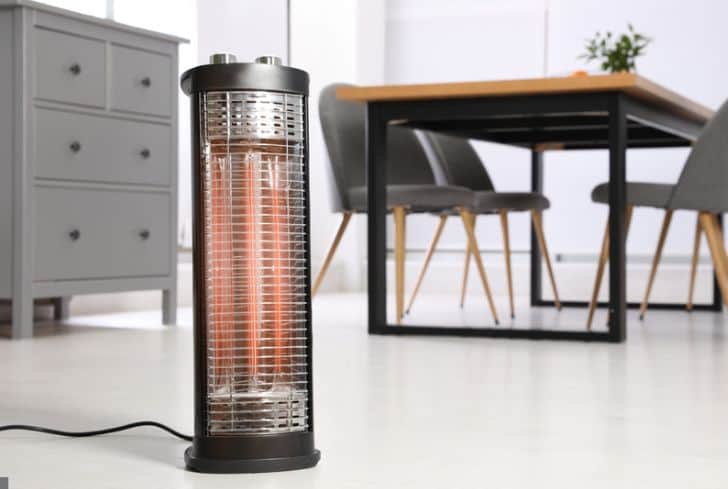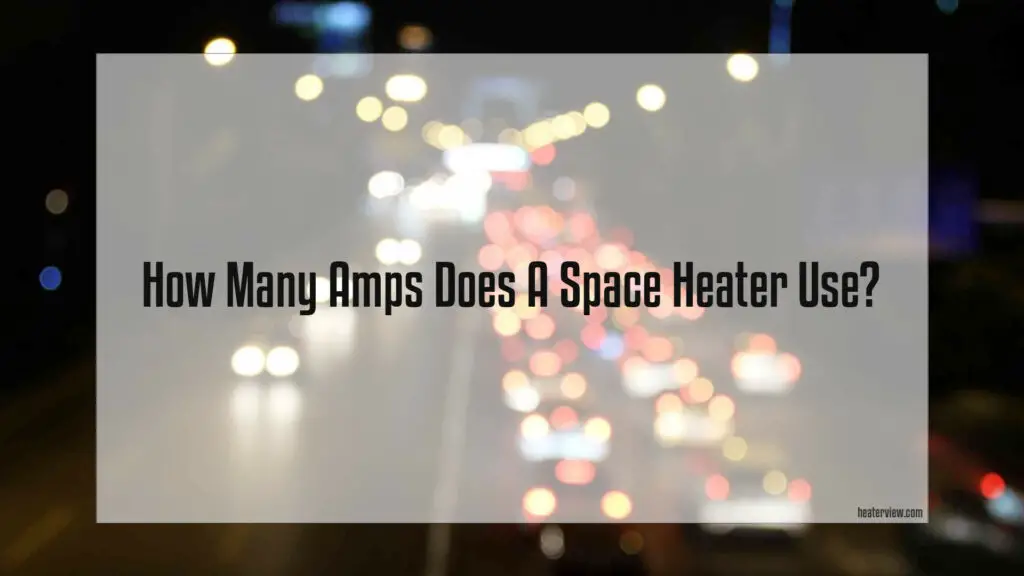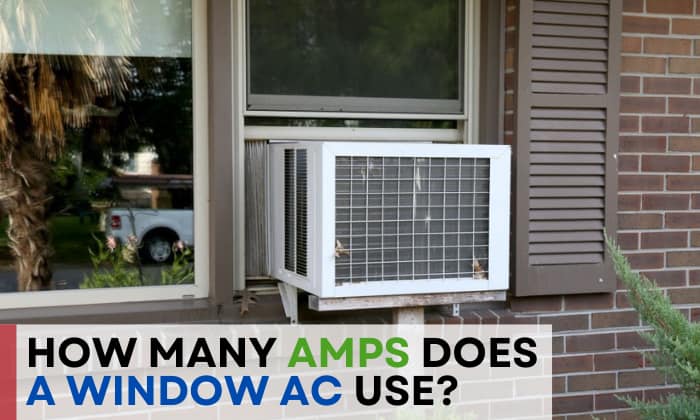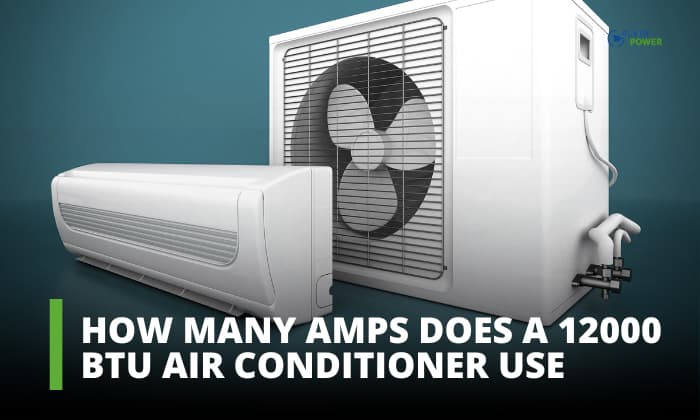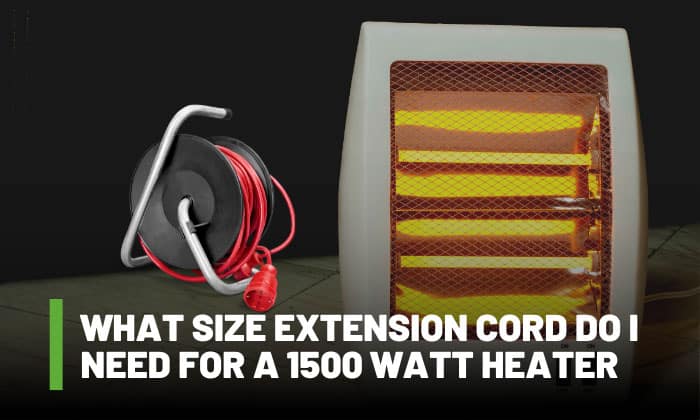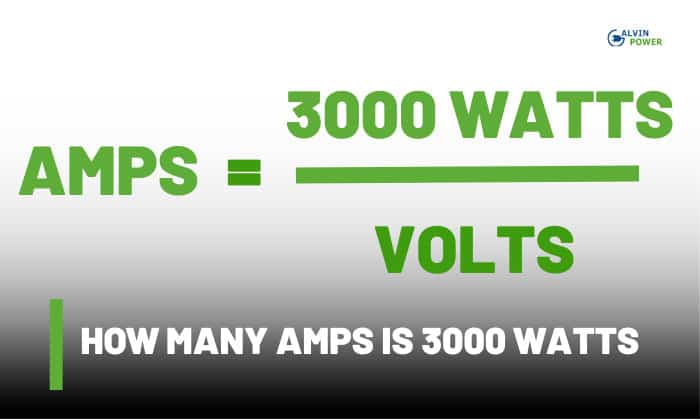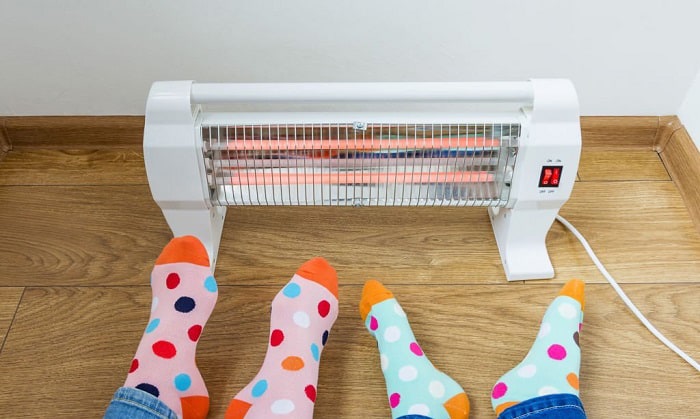How Many Amps Does A Space Heater Pull

The biting wind howled outside, rattling the windows of the old Victorian house. Inside, a familiar chill permeated the air, a stubborn reminder that winter's grip hadn't yet loosened. Many reach for a space heater, a portable sun to chase away the cold's relentless advance. But before plugging in that comforting source of warmth, a crucial question lingers: how many amps does a space heater actually pull?
Understanding the amperage draw of a space heater is vital for ensuring safe and efficient operation. This knowledge protects against overloading circuits, preventing potential fire hazards and optimizing energy consumption.
Space Heaters: A History of Warmth
The concept of localized heating has been around for centuries. From rudimentary fireplaces to early electric heaters, the quest for individual comfort has driven innovation. The modern space heater, with its various forms and technologies, represents a significant advancement in personal climate control.
Early electric space heaters were simple resistive heating elements. As technology advanced, newer models incorporated fans for better heat distribution and safety features like tip-over switches.
Understanding Amps, Volts, and Watts
To understand the amperage draw, it's important to grasp the relationship between amps, volts, and watts. Volts are the measure of electrical potential, amps are the measure of electrical current, and watts are the measure of electrical power.
These are interconnected by a simple formula: Watts = Volts x Amps. In North America, standard household voltage is typically 120 volts.
The Amperage Draw: A Closer Look
Most space heaters are designed to operate within a specific wattage range, typically from 750 to 1500 watts. Using the formula above (Watts = Volts x Amps), we can calculate the amperage draw.
A 1500-watt space heater operating on 120 volts will draw approximately 12.5 amps (1500 watts / 120 volts = 12.5 amps). A 750-watt heater will draw about 6.25 amps.
Factors Affecting Amperage
The actual amperage draw can vary slightly depending on the specific model and its settings. Some heaters have multiple heat settings, each consuming a different amount of power.
Always check the manufacturer's label on the heater itself. This label will provide the most accurate information about its wattage and amperage.
Types of Space Heaters and Their Amperage
Different types of space heaters, such as ceramic, infrared, and oil-filled radiators, may have slight variations in their energy consumption. Ceramic heaters are known for their efficient heat transfer, while infrared heaters offer rapid heating.
Oil-filled radiators provide consistent, radiant heat, but they may take longer to warm up initially. Regardless of the type, checking the manufacturer's specifications remains the most reliable way to determine amperage.
Safety First: Avoiding Overloads
Overloading a circuit can lead to tripped breakers, power outages, and, in severe cases, fires. It is critical not to exceed the circuit's maximum amperage rating.
Most household circuits are rated for 15 or 20 amps. Plugging multiple high-amperage devices into the same circuit can easily overload it.
Practical Tips for Safe Use
Before using a space heater, identify the circuit breaker that controls the outlet you plan to use. Avoid plugging other high-wattage appliances into the same circuit.
Use a dedicated circuit whenever possible. Regularly inspect the heater's cord and plug for any signs of damage.
The Energy Efficiency Considerations
While space heaters provide localized warmth, they can also contribute to higher energy bills. Consider using them only when and where needed to conserve energy.
Programmable thermostats and energy-efficient models can help reduce energy consumption. Explore options to improve insulation in your home to minimize heat loss.
Conclusion
Understanding the amperage draw of a space heater is not just a matter of technical curiosity; it's a fundamental aspect of home safety and energy management. By knowing how many amps your heater pulls and following safety guidelines, you can enjoy warmth without risking your well-being or wallet.
As the wind continues to howl outside, knowing you've taken the necessary precautions allows you to settle in, embrace the warmth, and weather the winter with confidence.


